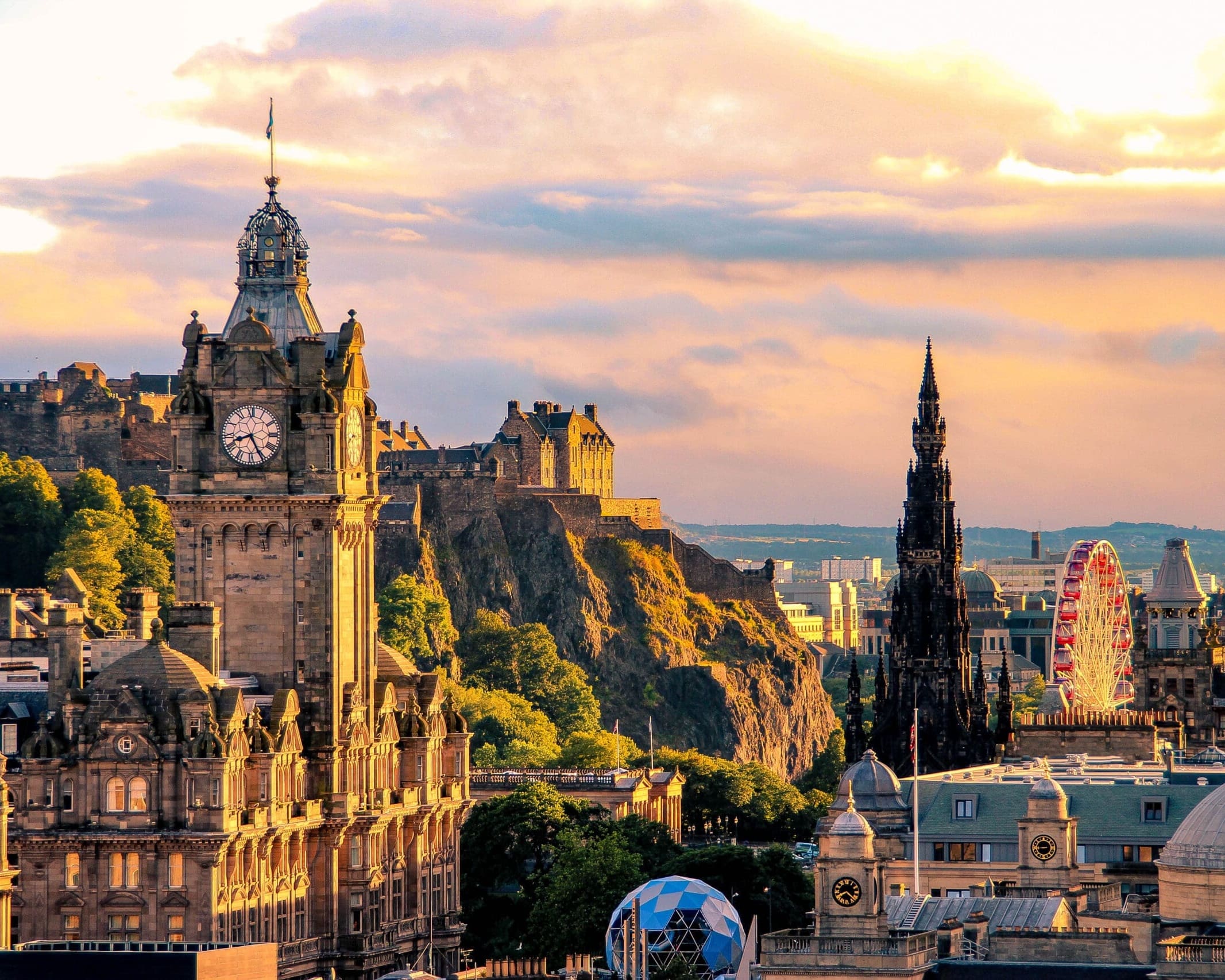Ah, Scotland, the land where the weather forecast is more like a wild guess and where the landscapes look like they’ve been ripped straight out of an epic fantasy novel.
Picture this: you’re standing on the edge of a mist-covered loch, the haunting melody of bagpipes playing in the distance, and a slightly suspicious haggis roaming free. That’s the essence of Scotland, a country where each corner holds a story, each pub a friendly face, and every rain cloud, well, let’s just say a lot of rain clouds. But it’s not just about the rugged beauty or the weather that can’t make up its mind; it’s about a culture rich with history, a land that’s given us inventors, poets, and the occasional rebel.
So, whether you’re planning your next adventure, curious about the homeland of Nessie, or simply here to find out if kilts are as breezy as they say (spoiler: they are), you’ve come to the right place.
Dive into our guide, where we blend the mystical with the practical, offering everything from insights into majestic castles perched on cliffs to advice on navigating the whims of Scottish weather. Get ready to explore Scotland, where every day is an adventure, and every meal potentially includes haggis.

The Best Time To Visit
The ideal time to visit Scotland ranges from late spring to early fall (May to September), offering the best mix of pleasant weather and scenic beauty.
May and June shine with vibrant landscapes and extended daylight, perfect for photography and wildlife spotting. July and August bring warmer temperatures and the buzz of the Edinburgh Festival Fringe, though expect larger crowds and higher prices. September offers a more tranquil experience with stunning autumnal colors.
Winter has its own charm with fewer tourists, lower prices, and magical snowy landscapes, plus vibrant festivities like Hogmanay.
Ultimately, the best visit time depends on your preference for weather, crowds, and events, with Scotland’s appeal remaining strong year-round. Just pack appropriately for the unpredictable weather!
What To Know
In Scotland, the primary language spoken is English, characterized by its distinctive Scottish accent and unique slang terms that can sometimes feel like a language of its own to outsiders. However, Scotland’s linguistic landscape is richer than just English.
Scottish Gaelic, or simply Gaelic, is a Celtic language that holds a special place in Scottish heritage and culture.
In Scotland, the currency used is the British Pound Sterling, the same as in the rest of the United Kingdom. However, Scotland also has its own country.
Scottish banks issue their own banknotes, which are technically a legal currency across the UK, but in practice, you might find them greeted with suspicion or confusion outside of Scotland.
Credit and debit cards are widely accepted across Scotland, making them a convenient option for travelers.
Scotland is widely regarded as a safe destination for travelers, boasting low crime rates, especially in relation to violent crime, compared to other global destinations. Scots are known for their hospitality and warmth, making visitors feel welcome.
However, like any travel destination, it’s prudent to observe standard safety precautions.
In cities such as Edinburgh and Glasgow, typical urban safety advice applies: be mindful of your belongings, especially in crowded places; stay aware of your surroundings; and avoid walking alone in poorly lit areas late at night. Petty crimes like pickpocketing can occur in tourist-heavy areas, so keeping an eye on your possessions is wise.
Scotland’s public transport system encompasses trains, buses, ferries, and domestic flights, efficiently connecting urban and rural regions. Trains link major cities and offer scenic routes, while an extensive bus network serves as a cost-effective way to traverse the country, including areas not accessible by train.
Ferries are essential for travel to and from Scotland’s many islands, with companies like CalMac and NorthLink operating key routes. For longer distances or quicker access to remote islands, domestic flights are an option.
Though public transport is generally reliable and a great way to experience Scotland’s landscapes, planning is recommended, especially for travel in less-frequented areas. Various travel passes available can provide savings for extensive explorations.
Scotland Travel Guides
July 19, 2023
